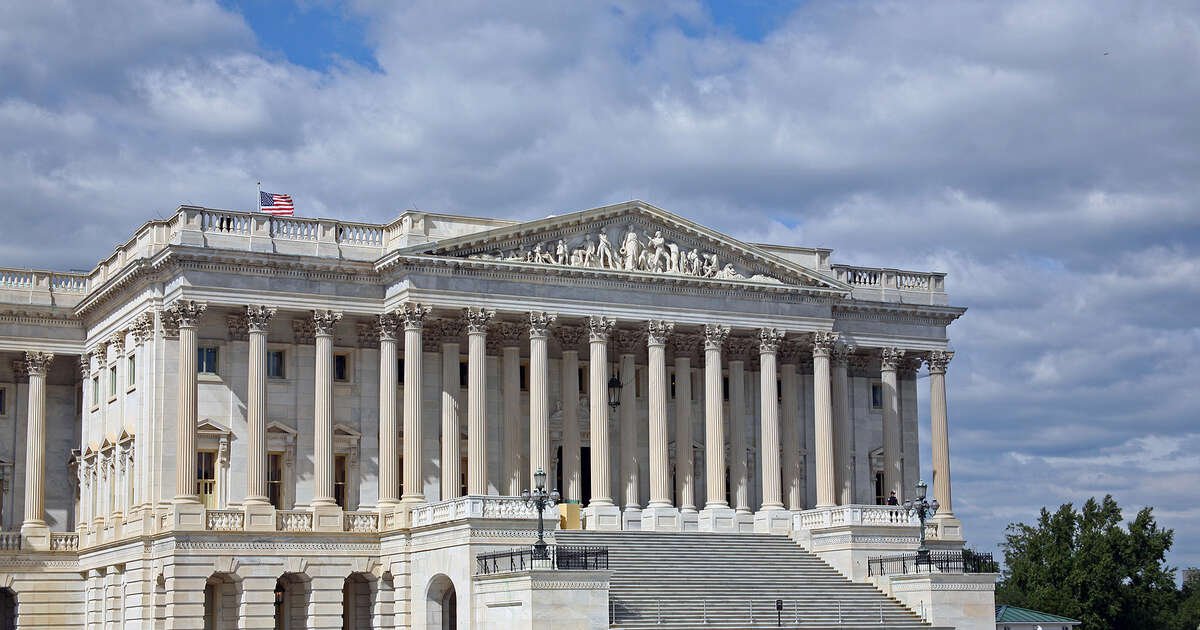The Federal Communications Commission (FCC) has circulated a draft Notice of Proposed Rulemaking (NPRM) that represents the most significant potential rollback of Telephone Consumer Protection Act regulations in decades.
Released on October 8, 2025, the draft NPRM allegedly proposes the elimination of several key TCPA regulations that have created substantial compliance burdens for businesses while fundamentally reshaping how companies can contact consumers.
According to standard FCC procedures, draft NPRMs are typically only circulated internally among commissioners before being voted on at an open meeting, so the actual contents of the NPRM are not yet available for public scrutiny. However, reliable sources have reported that the NPRM includes the following proposals.
Elimination of Blanket Consent Revocation Rule
The purported centerpiece of the draft NPRM is the proposed elimination of the controversial "revoke all" rule that was scheduled to take effect April 11, 2026. This rule currently requires businesses to treat any consumer revocation of consent for one type of call or message as revocation for all consented-to communications from that sender, regardless of subject matter or business purpose.
Industry advocates have argued that the rule creates unintended consequences by cutting off consumers from important communications they actually want to receive, such as fraud alerts or medical appointment reminders, which the FCC appears to recognize.
The proposed elimination of the blanket consent rule addresses significant technical and operational burdens that would have required businesses to integrate separate calling systems, coordinate revocations across third-party vendors, and develop costly manual processes for smaller businesses.
Streamlining Internal DNC Requirements
The draft NPRM apparently proposes to delete the longstanding requirement that when consumers request to stop telemarketing calls, callers must place them on internal company-specific do-not-call lists. If so, this would represent a fundamental shift in how businesses must handle consumer opt-out requests beyond the National DNC Registry.
Current regulations under 47 CFR § 64.1200 require callers to maintain internal suppression lists and honor direct consumer requests to stop calling. The proposed elimination would streamline compliance obligations by removing this parallel requirement while maintaining National DNC Registry protections.
The FCC will apparently be seeking comment on whether eliminating company-specific DNC requirements would better align with modern telecommunications practices and reduce duplicative compliance burdens. The proposal suggests that National DNC Registry protections may be sufficient without requiring separate internal list maintenance.
Exclusive Means for Consent Revocation
One of the most controversial aspects of the draft NPRM is a proposal to permit callers to designate exclusive means by which consumers may revoke consent, reversing current requirements that businesses honor revocation requests made through "any reasonable means."
Current FCC rules require businesses to accept revocation requests through various methods, including text messages, voicemails, emails, or verbal requests to customer service representatives. The proposed change would allow businesses to specify limited revocation methods, reducing compliance burdens while potentially restricting consumer flexibility.
The proposal reflects requests from telecommunications and financial services industries seeking more predictable and manageable revocation processes. Supporters argue that designated exclusive methods would provide clarity and reduce processing errors while maintaining reasonable consumer access.
The proposal raises questions about whether complex revocation procedures could deter consumers from exercising their rights to stop unwanted communications. The FCC will be seeking comment on what methods should be required or prohibited and how to ensure disclosures about revocation procedures remain clear and accessible.
Caller Identification Rule Modernization
The draft NPRM also proposes to modernize caller identification rules for artificial and prerecorded voice calls by eliminating outdated provisions related to traditional long-distance charges. Current rules require providing a local or toll-free callback number and, for telemarketing calls to residences, the callback number must accept DNC requests during business hours.
The proposed streamlined rule would simply require callers to identify themselves with valid telephone numbers so consumers can recognize who is calling. The FCC notes that traditional distinctions between local and long-distance charges are "largely obsolete" and the rule should reflect modern telecommunications marketplace realities.
Eliminating Redundant Call Blocking Provisions
The draft includes proposals to eliminate call blocking rules that permit voice service providers to block calls from numbers on do-not-originate (DNO) lists and invalid, unallocated, or unused numbers. The FCC argues these permissive provisions have become unnecessary because newer rules require providers to block such calls, making the earlier permissions redundant.
STIR/SHAKEN and Caller Authentication Enhancements
Beyond TCPA deregulation, the draft NPRM includes proposals to enhance call authentication through the STIR/SHAKEN framework. The FCC proposes requiring terminating providers to transmit verified caller identity information whenever they indicate a call received "A-level" attestation—the highest authentication level.
The proposal would require originating providers to employ reasonable measures to verify the accuracy of transmitted caller identity information and seeks comment on requiring "rich call data" (RCD) to display company logos alongside verified caller names.

Political and Regulatory Context
The draft NPRM operates within the broader "Delete, Delete, Delete" initiative launched by FCC Chairman Brendan Carr calling for deregulation. The initiative seeks public input on identifying "unnecessary" regulations that create "headwinds" for innovators, entrepreneurs, and small businesses.
The proposed changes reflect successful advocacy efforts by financial services organizations, particularly the American Bankers Association and America's Credit Unions, which conducted extensive meetings with FCC commissioners and staff to secure these modifications. The proposals mirror specific recommendations submitted through the "Delete, Delete, Delete" comment process.
Implementation Timeline and Public Comment Process
If adopted at the FCC's open meeting on October 28th, the NPRM would begin formal public comment periods typically lasting 30-60 days. The rulemaking process would include initial comments, reply comments, and potential further proceedings before any final rules take effect.
The draft represents a fundamental shift from the Biden-era FCC's consumer protection focus toward a more business-friendly regulatory approach. However, the ultimate scope of any final rules will depend on public comments, potential legal challenges, and the commission's response to stakeholder feedback during the rulemaking process.
The proposed changes would significantly reduce TCPA compliance obligations for businesses while potentially limiting some consumer protections, marking a pivotal moment in telecommunications regulation that could reshape how companies communicate with consumers across all industries.


